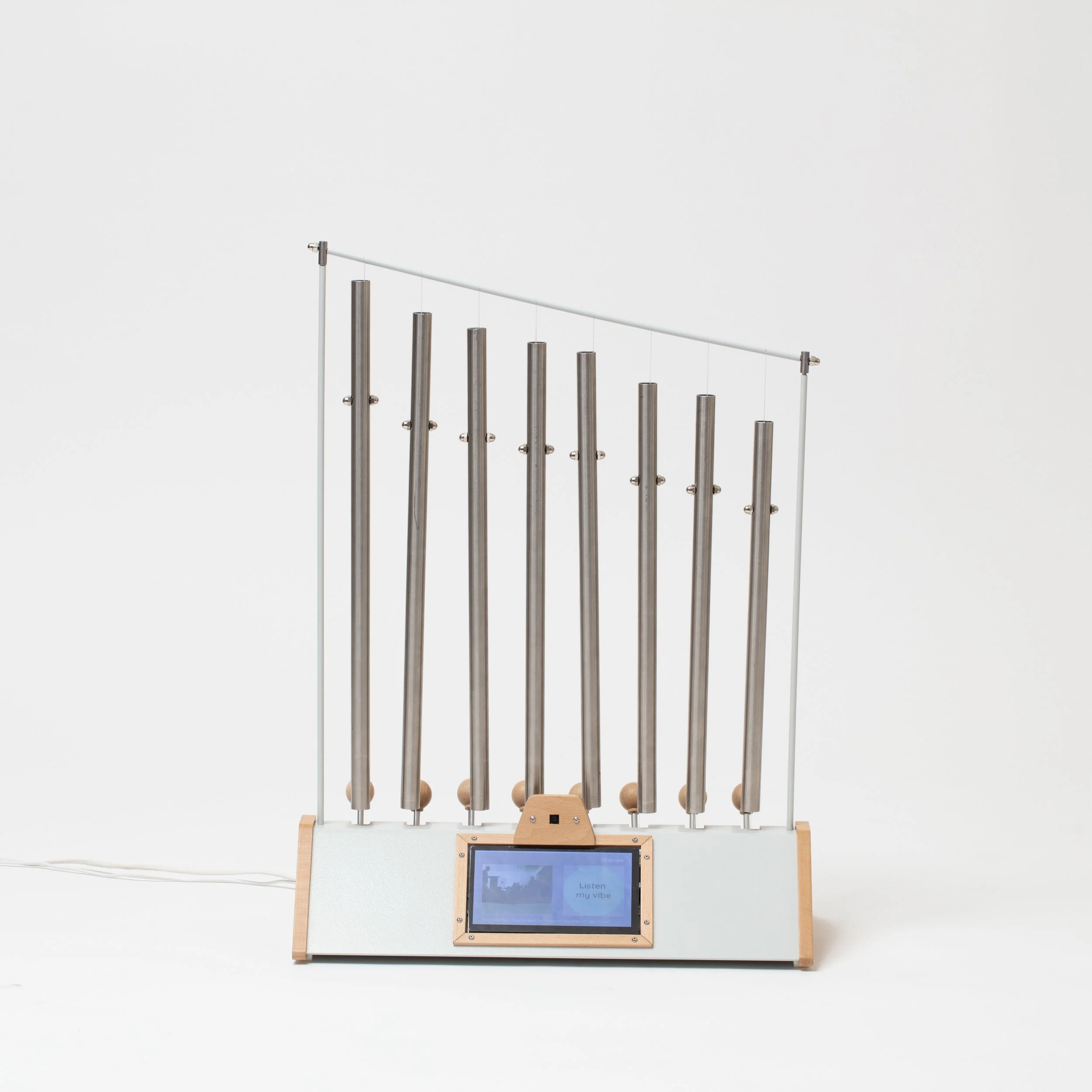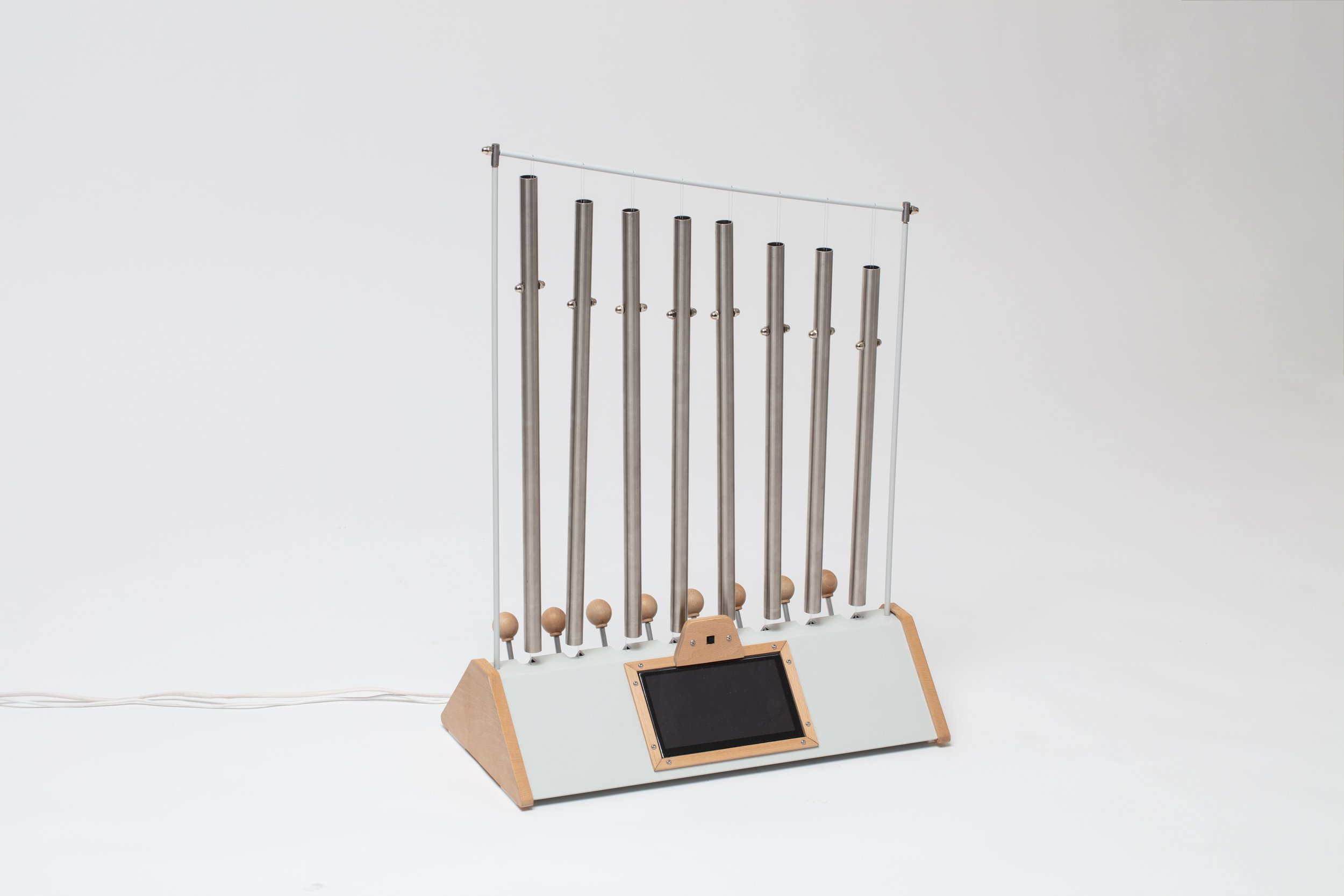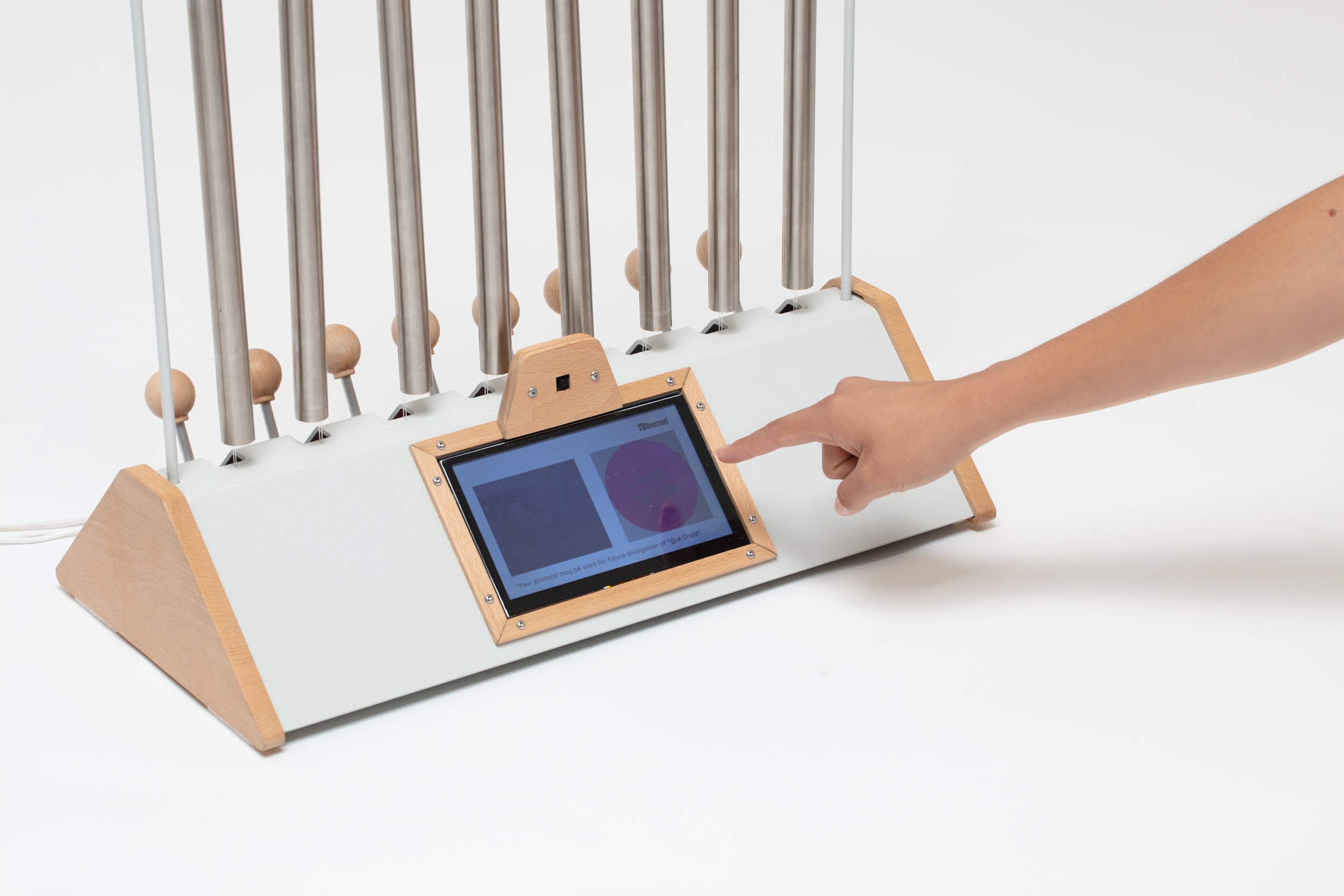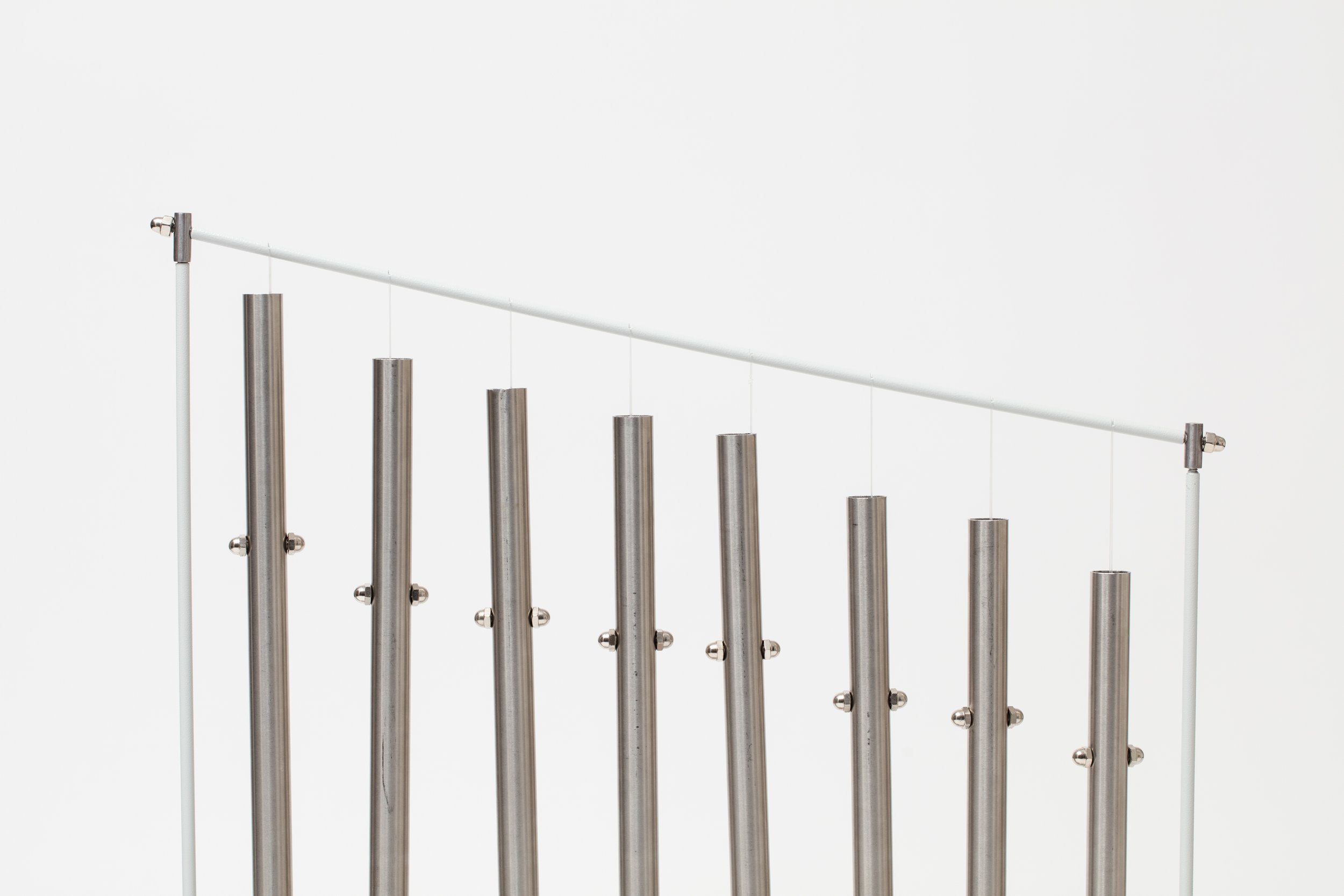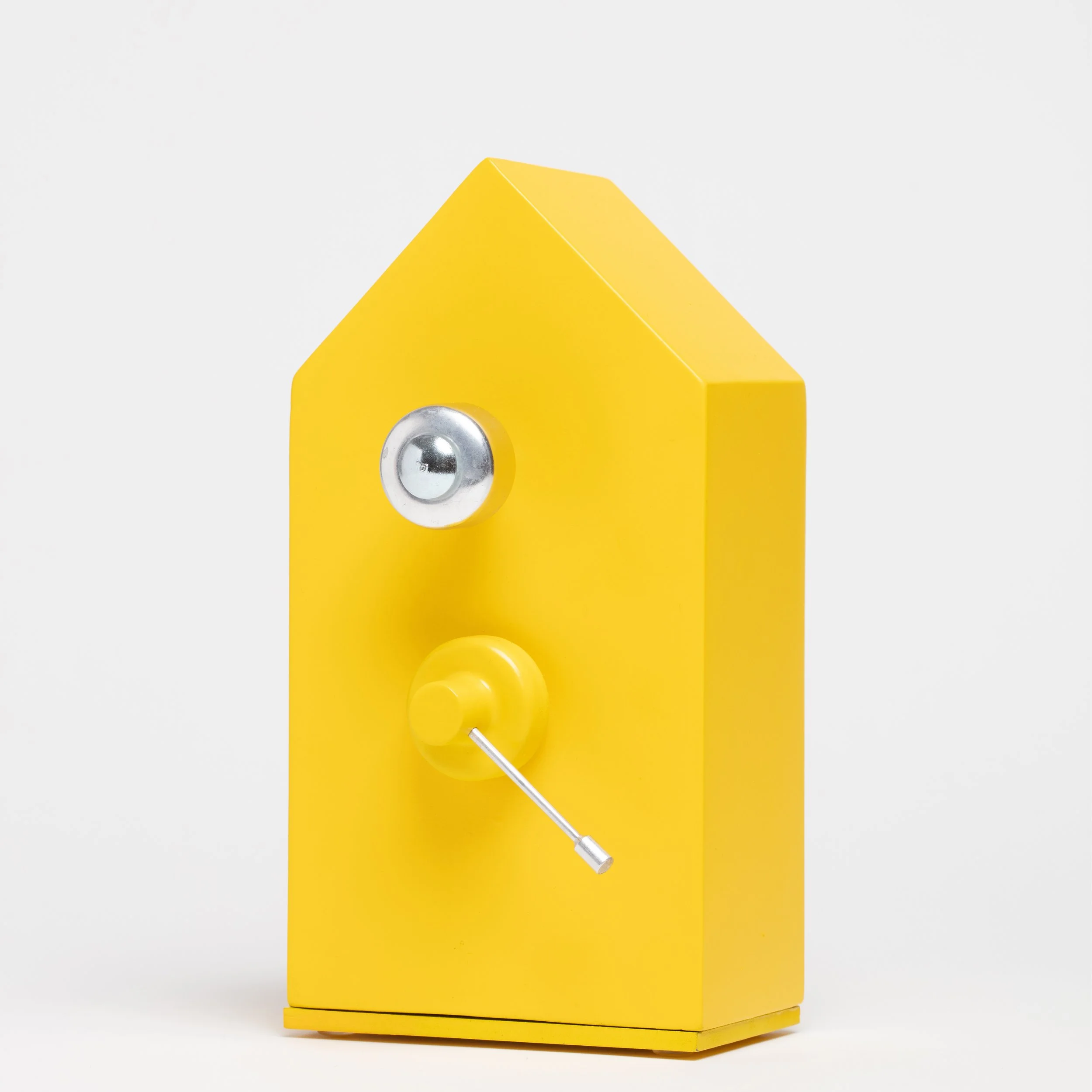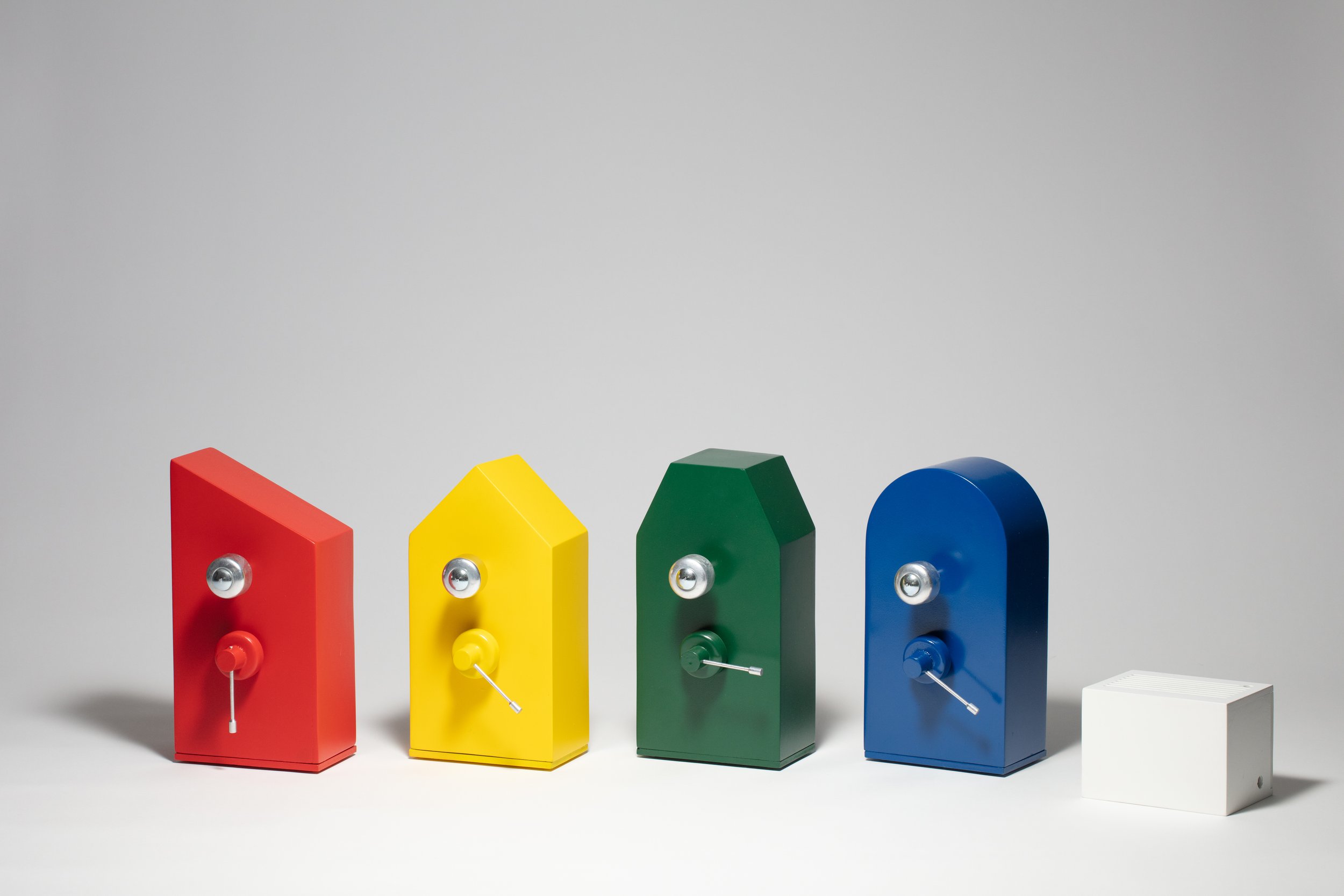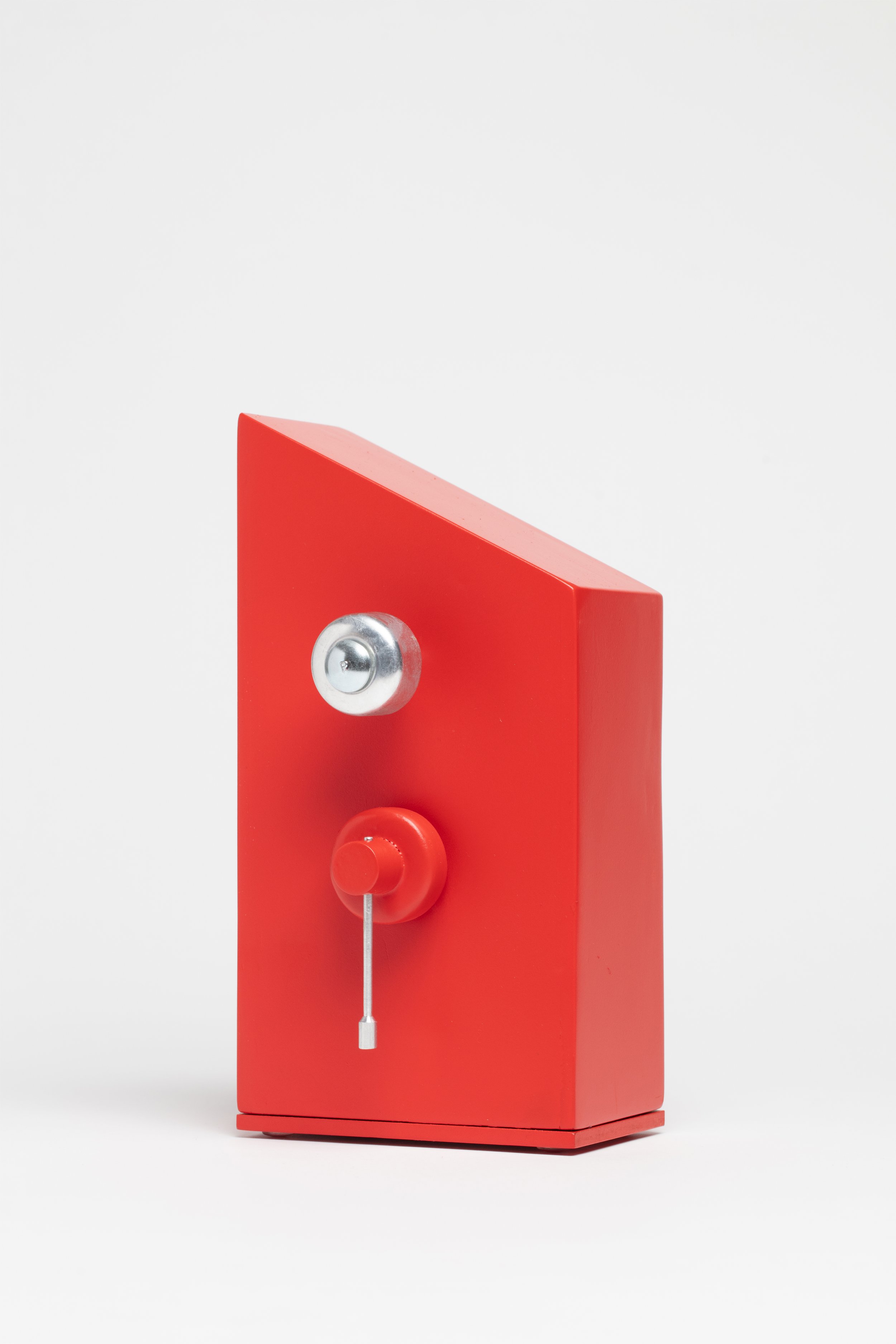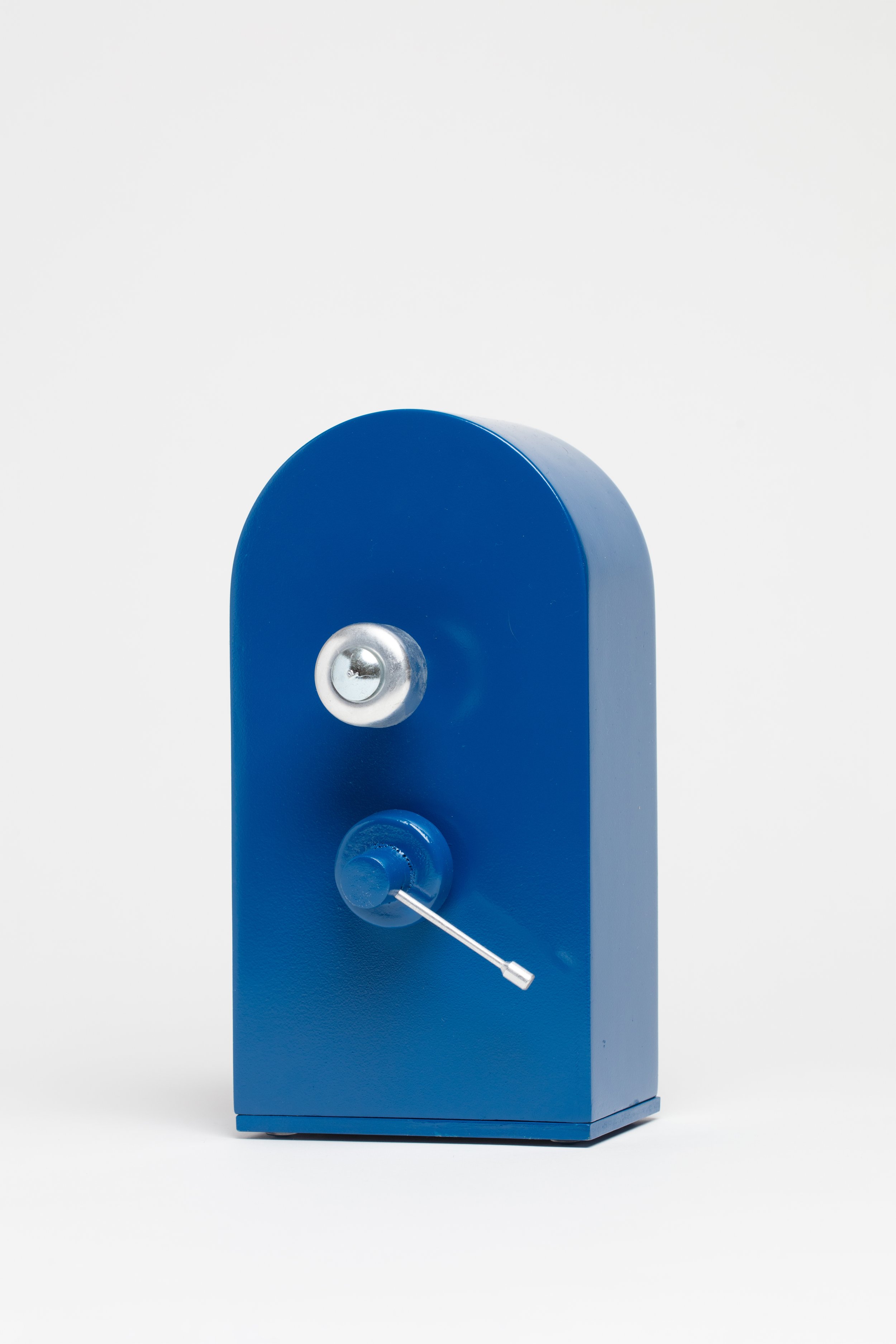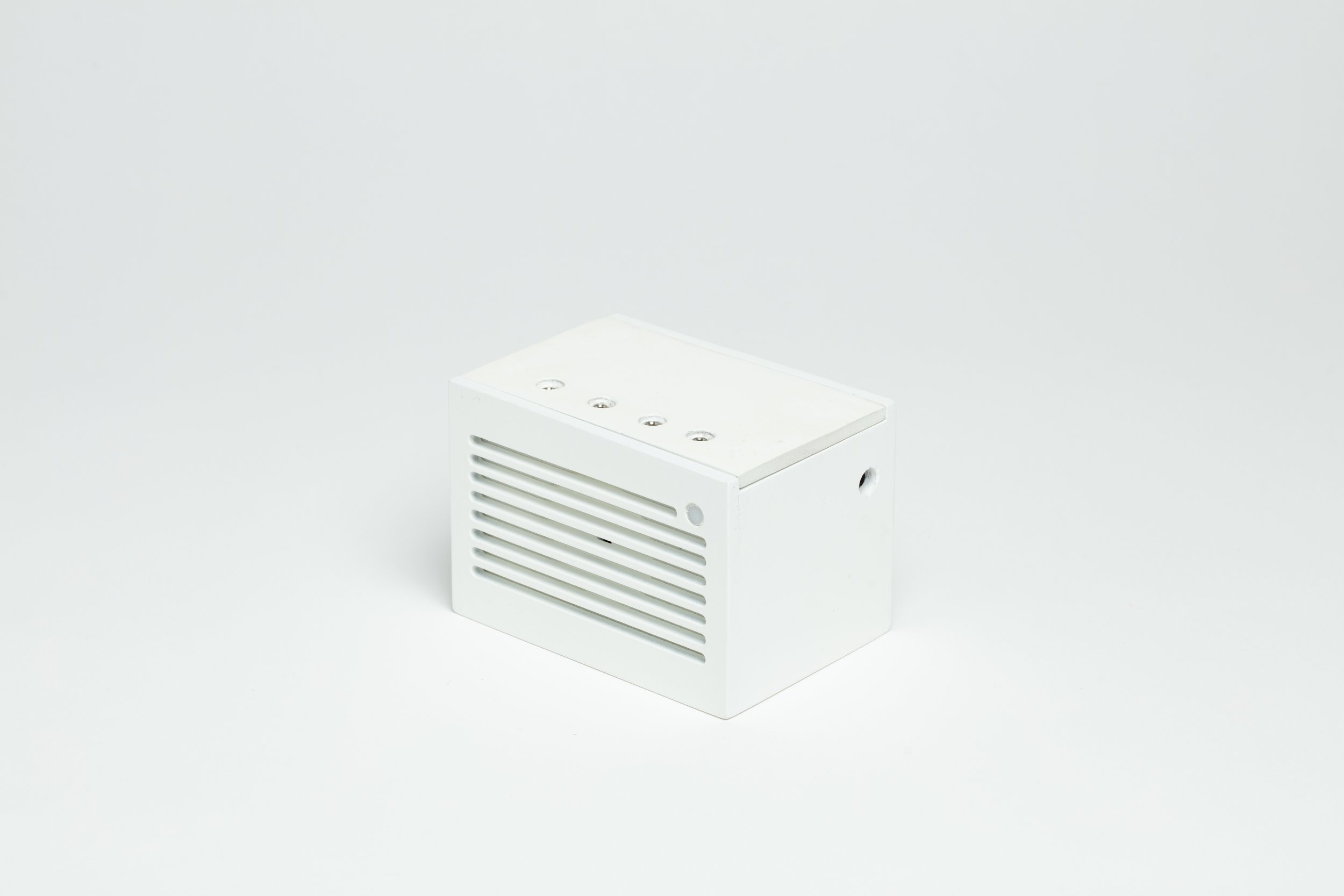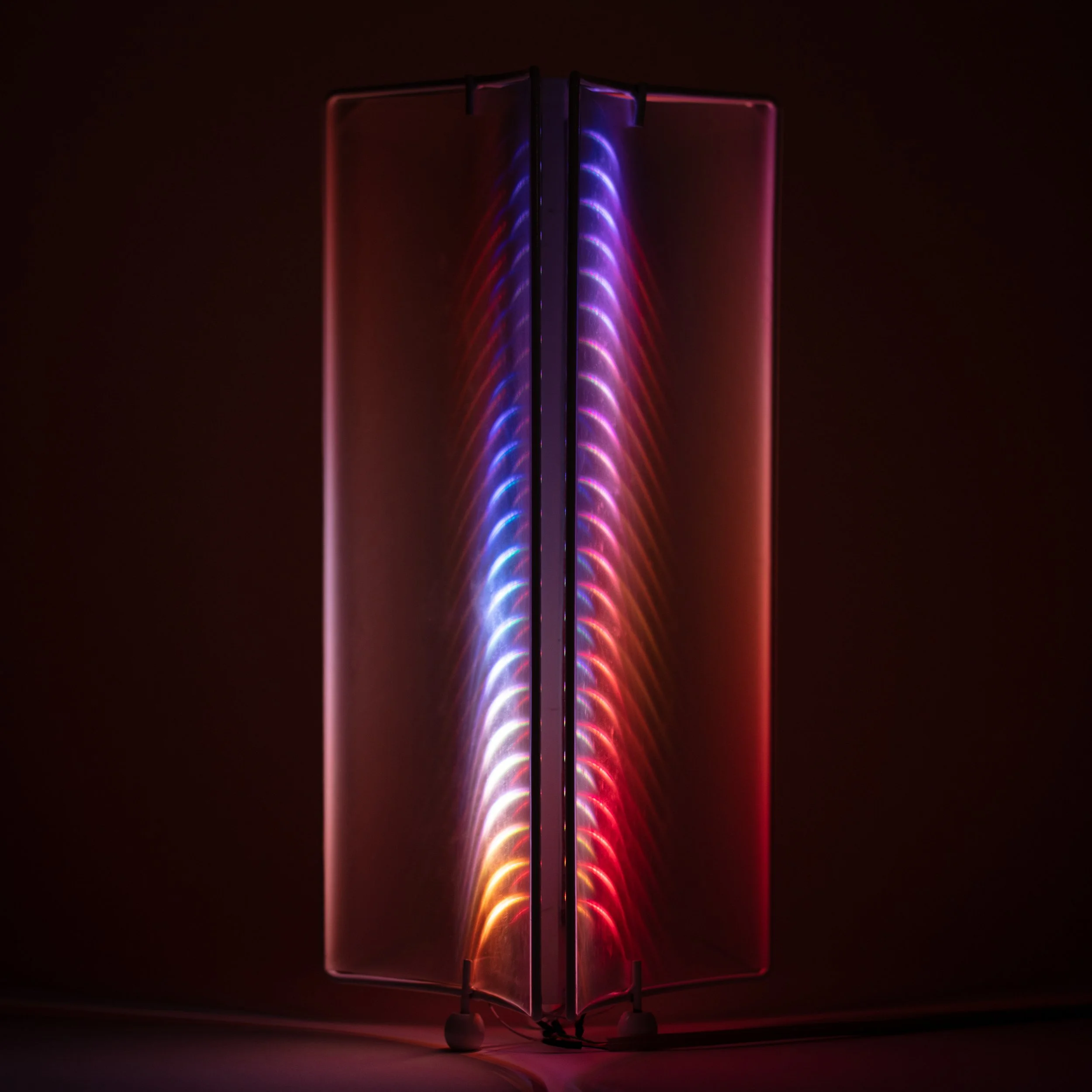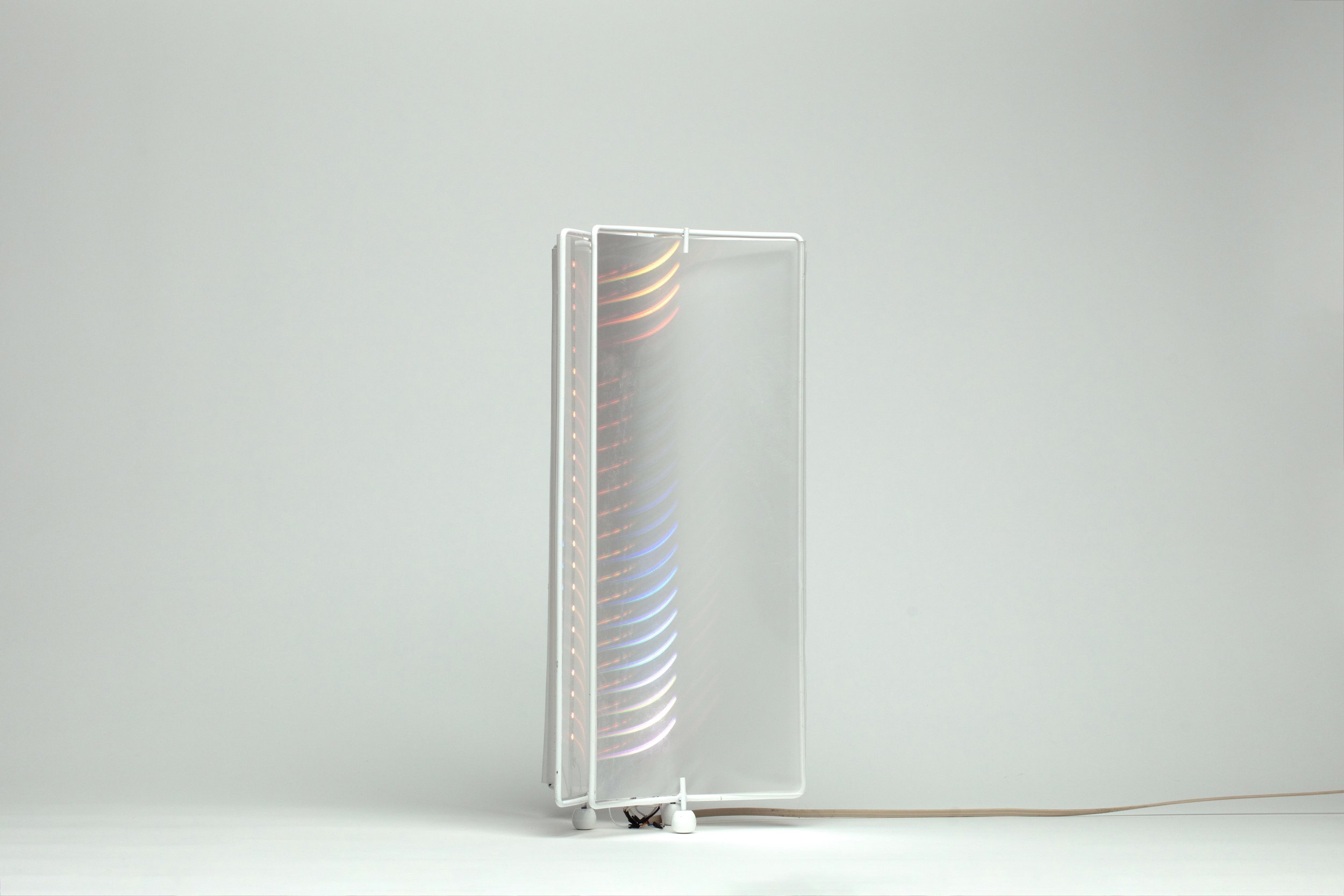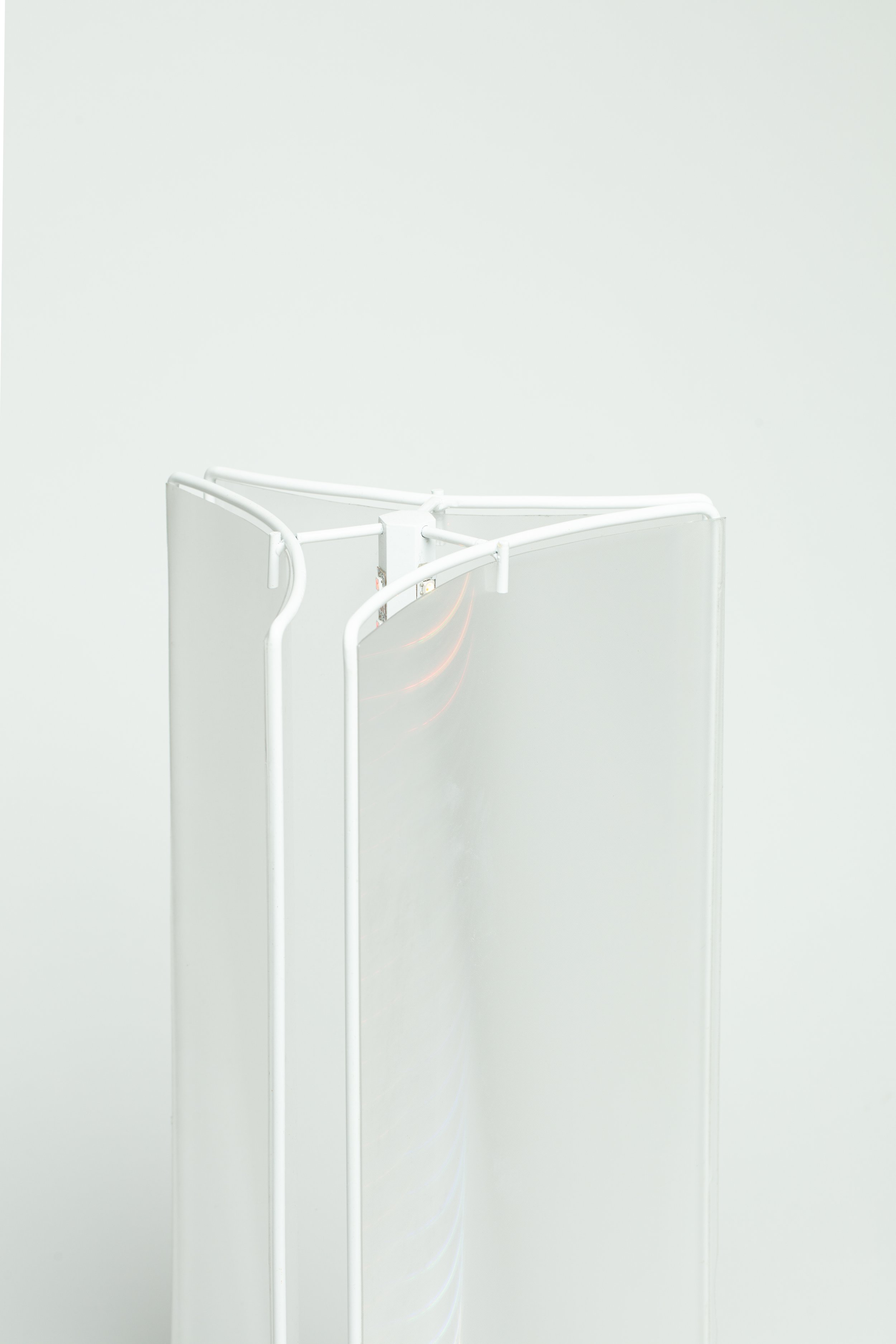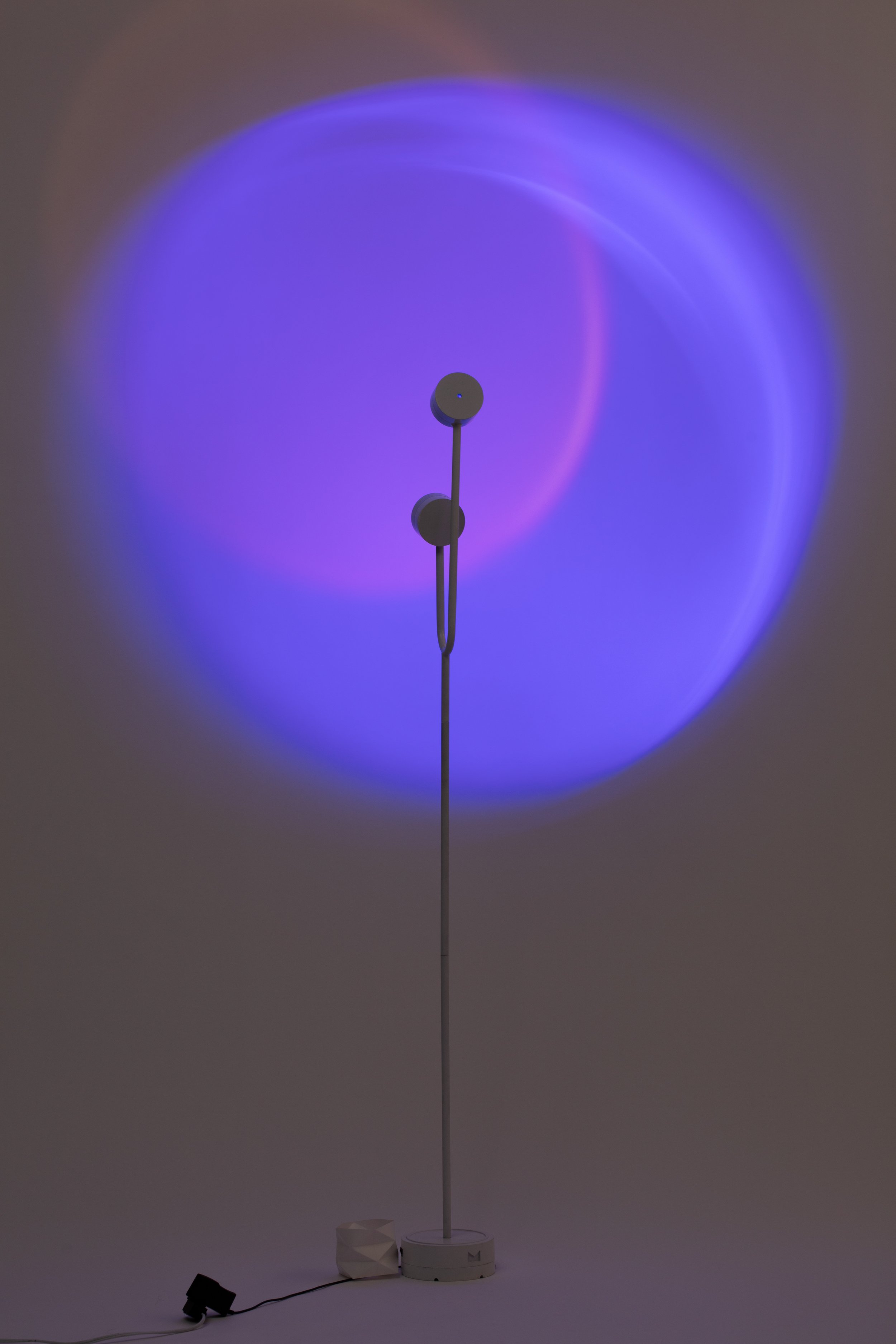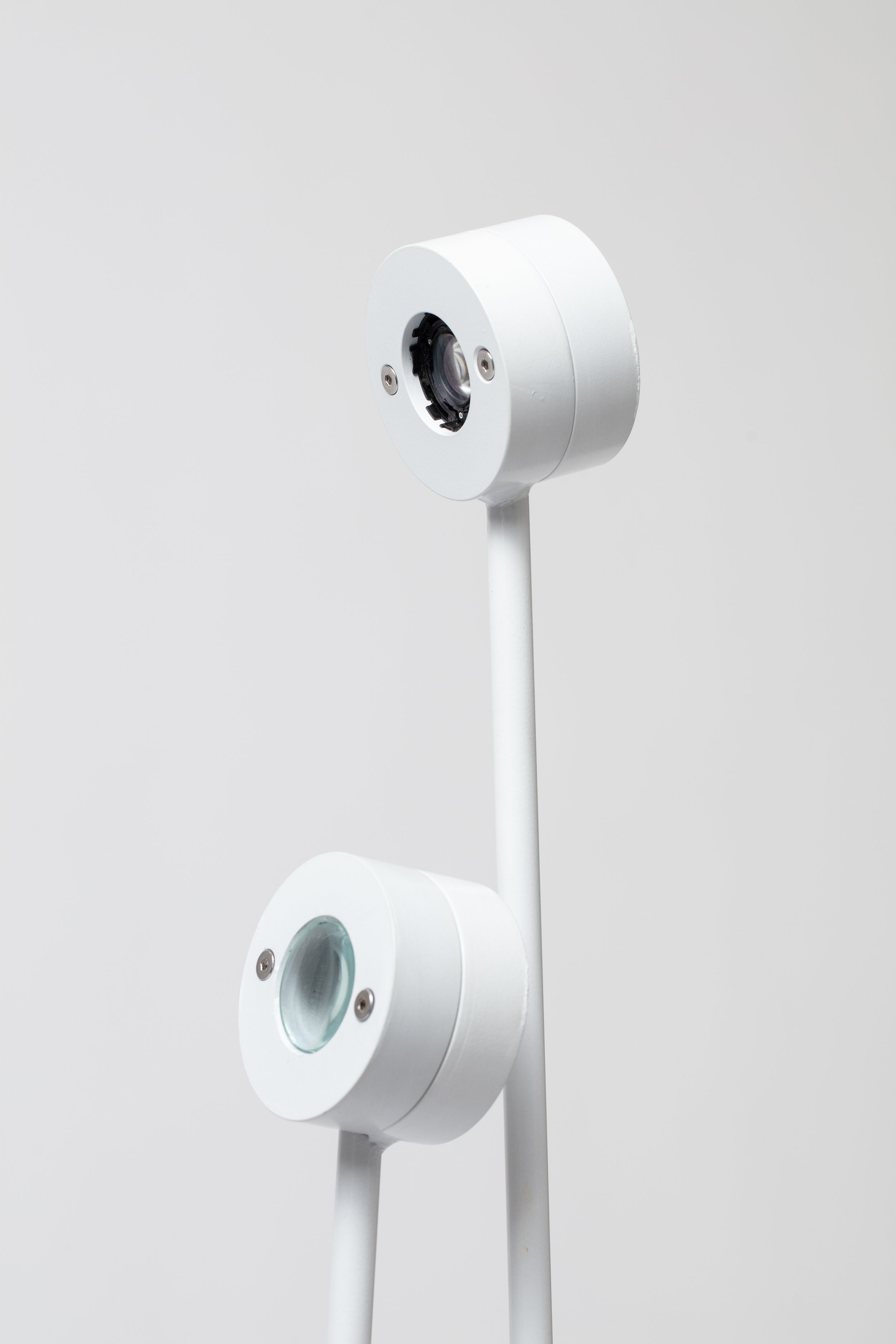DESIGN AND TECHNOLOGY (CEM)
PROFESSORS: JOSÉ DE LA O, PHIL BALAGTAS, ALDO CAÑEDO, MAR NAMIHIRA, ERIC PÉREZ & JOEL OLGUÍN
BACK
¡QUÉ ONDA!
José Carlos Ortiz Santillán
¡Qué onda! is a chime which translates the light waves frequencies into audible frequencies, to create sound portraits of the user, based on his outfit´s colors. It shows the importance that we´ve assigned to the waves, which for a computer are just numbers, while for us could define much of our personality, of our ´vibe’.
DIVERGENCY
Frida Razo
Nature, humans, the universe are full of imperceptible patterns. This is a family of products that seeks to show a representation of the patterns that exist within the chaos and try to order it, just like how the world works. This piece is inspired by chaos theory and the butterfly effect in which a small stimulus such as applause can generate a series of interconnected events, an example of this is the polyrhythm that is generated by hitting an object with a pendulum at a different tempo and the relationship they show when they reach a point of synchrony and order.
PHENOMENOLOGY OF TIME
César Ríos López
This is a timepiece that uses light as a language to translate time. This piece tries to approach time as a firsthand subjective experience as its starting point rather than starting with the objective nature of time. noumenal time runs at the same speed regardless of the human experience of it, phenomenology of time takes a look at the subjective first person experience of time and what it means to each of us. The inspiration for these works comes from how the Mexican poet Sor Juana Ines de la Cruz used to write poems and stories based on alchemy artifacts that showed how they believed different light and phenomena worked. This piece uses this methodology in reverse using a poem as its starting point of iteration. The color palettes shown in the led patterns are categorical color assignments (RGB values) to chronostratigraphic intervals of different geological time scales as proposed by the Commission of the Geological Map of the World. Separate divisions of the chronostratigraphic time
KEY EMPTINESS
Verónica Zendejas Alanís
Key emptiness represents the small (because it is minimal) hope that a person has in a sad or dark moment. This is represented by two different lights, one in blue showing the deep sadness and a warm one that is someone’s hope and happiness. The design and light projection is circular as they refer to emotions that can be endless in a moment. The warm light becomes larger at the moment a person approaches to raise awareness that when you approach a person who has a bad situation, depression or is about to commit suicide you can help him or even save his life. Many times we avoid talking about these issues because we want to live in a situation like this, however the more we talk about these we will be able to prevent and help others.
CLO
Franco O’Reilly Tortoriello
By controlling the refraction of light , this contemplative artifact explores existentialism and how we see our daily life, representing life with light we can see the beauty of it when we stop for a second to contemplate it.


